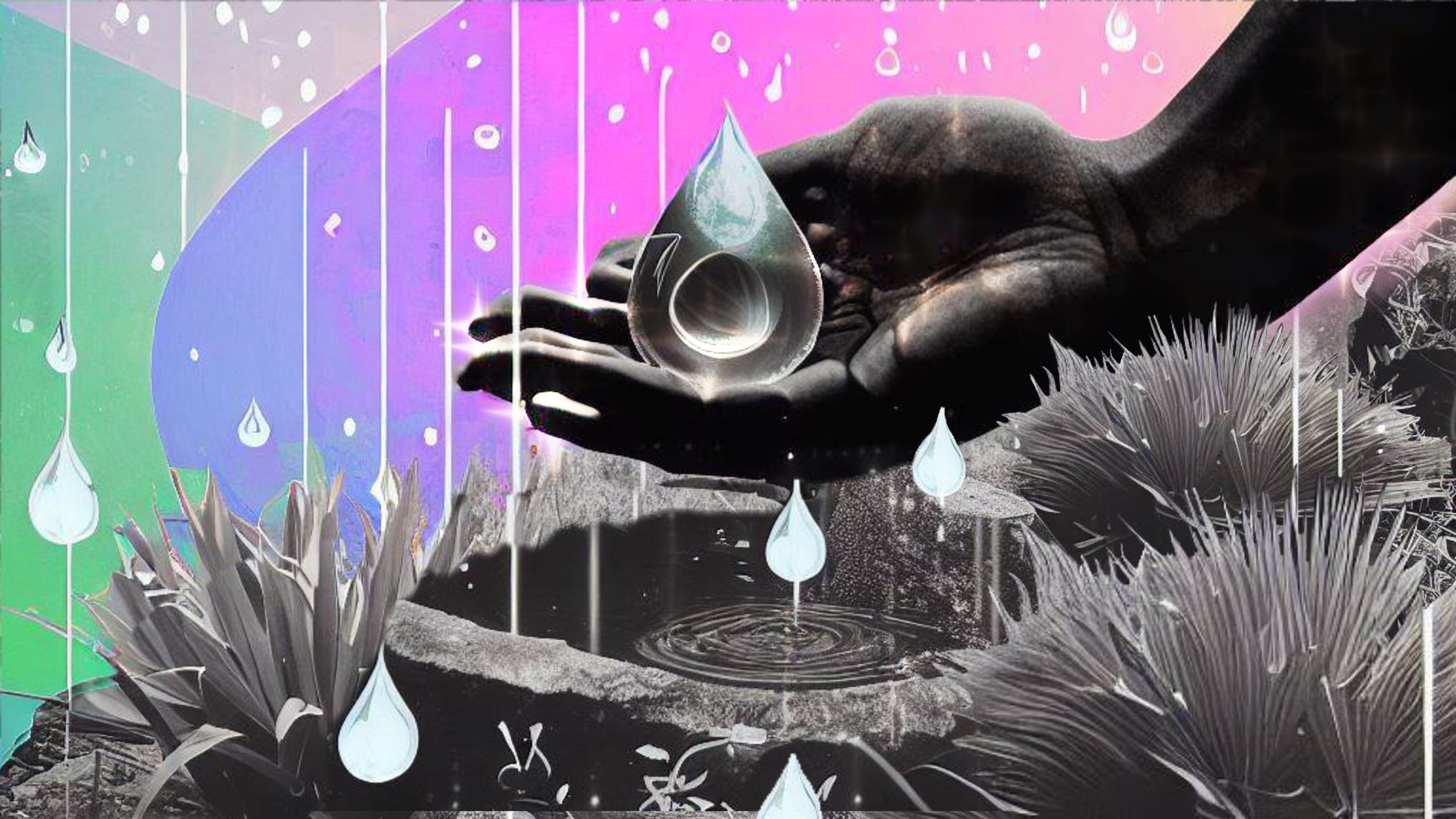This article is by Apryl Uncapher
So what is a rain garden?
On the surface, rain gardens look like simple contours in the landscape, filled with arrangements of flowering plants and rocks that come alive when filled with rain. Yet do not underestimate this inconspicuous mighty climate champion! Rain gardens are engineered to help communities stay safe through changing climate cycles of longer, stronger rains with hotter, dryer periods in between. Rain gardens work hard all year long, taking the edge off floods and droughts. Longer and stronger rain periods create greater runoff that tests the limits of current infrastructure and accumulates into downhill problems that overwhelm environmental and human communities. The loss of tree habitat with hotter dry periods is creating deeply dehydrated soil structures that become fire-prone and unable to absorb rains when they return, causing even a small rain event after a long dry period able to create runoff problems.
Rain gardens balance this extreme climate cycle. Rainfall is guided by gravity or buried pipes to the rain garden’s basin, holding the runoff and giving it time to filter through an active soil structure below before safely recharging underground aquifers and connecting to waterways where it was initially headed. Rain garden basins create intensified soil hydration zones that help cool the planet and support plants longer into dry cycles, meaning prolonged Summer shade and habitat for necessary food-pollinating insects. Relatively low-tech with its main components including drain rock, amended soils, mulch, and plants, rain gardens are adaptable to most sites and developments, regardless of parcel or project size, soil type, and desired style. Including one or more into your landscape is easy, beautifying, and an important step toward a healthy water future!
Why do you need one right away?
- Reduces flooding, erosion, stream disruption, and water pollution
Rain gardens help keep rainfall on-site by catching it and letting it slowly sink through soil and plant roots, where most sediment and pollutants are filtered before recharging underground aquifers and resurfacing waterways. Safely managing water on-site reduces flooding, erosion, steam disturbance, and pollution for you and everyone downhill.
- Cools the planet by increasing hydration in the land
Rain gardens become places of concentrated saturation that extend the time of moisture in the landscape and sustain plants longer into dry seasons. This area of increased hydration in the soil creates micro-pockets of cooling water-cycles activated through evapotranspiration.
- Supports native plants for low irrigation and easy maintenance
Native plants are adapted to their local climate. If tended well the first year or two, native plants will mature into a rain garden needing little to no watering, and will maintain a tended beauty with seasonal pruning and monthly weeding.
- Protects necessary food-pollinating insects and their migratory pathways
Even though pollinators are tiny, they are designed to cross-pollinate genetic diversity in plants over a large area. Rain gardens offer important food and habitat along their journey and contribute to larger pollinator pathways.
- Connects into community-scale solutions
When enough individual rain gardens are integrated across a watershed or community, they reach a positive tipping point and act as a connected network, stabilizing entire neighborhoods and neighboring ecosystems. That’s a big impact!
- Encourages positive mental health
Feeling hopeless and worried about the future due to climate change is a growing mental health issue, and overwhelm of any feeling can lead to inaction. Rain gardens get you digging into the Earth and taking action into your hands and body to shift into positive mental states that come from contributing to resource responsibility.
- Builds a new water culture!
We take care of the relationships we value, and the ways we tend and celebrate them define culture. Rain gardens visibly remind us daily of our commitment to a mindful water relationship, and by doing so, are inspiring a new water culture where we are encouraged to celebrate a valued water relationship with conservation and care.
Ready to get started?
- Spend time observing rain flow and where water enters, exits, and pools on your land, and let it inform the best locations for a successful rain garden.
- Support local nurseries and get inspired by visiting one near you that specializes in native plants for your area.
- Remember that transforming even a small portion of land into a water-conscious landscape actively contributes toward a healthy water future.
- Get ready to feel deeply connected to your water resources!
- Check out Creating Rain Gardens, published by Timber Press, for complete instructions and lots of great tips on how to build a rain garden for your home, neighborhood, and watershed.
MORE ABOUT THE AUTHOR
Founder of Native Water Systems and co-author of Creating Rain Gardens, Apryl is informing a new water culture. She uplifts communities with scalable water conservation, harvesting, and reuse strategies that weave into a resilient resource network and build relationships between people and the planet.


